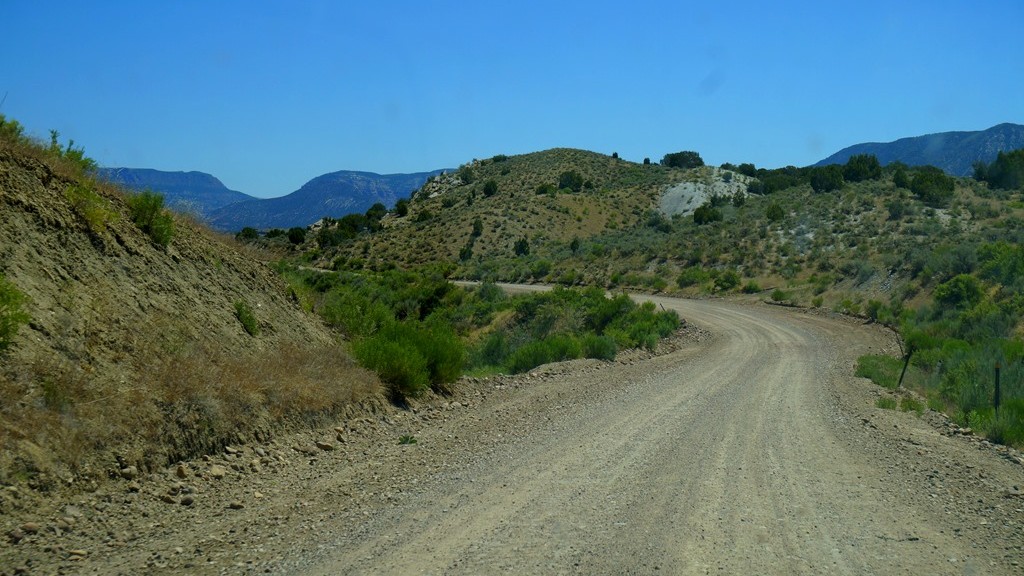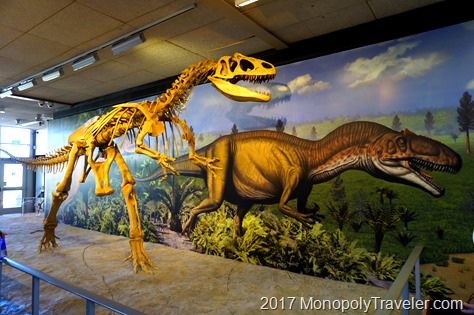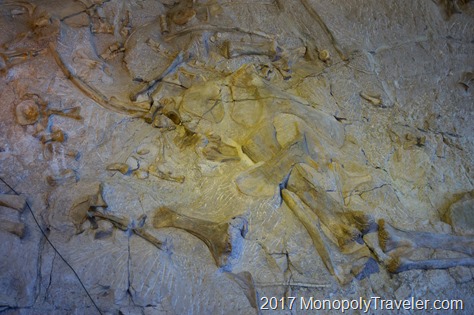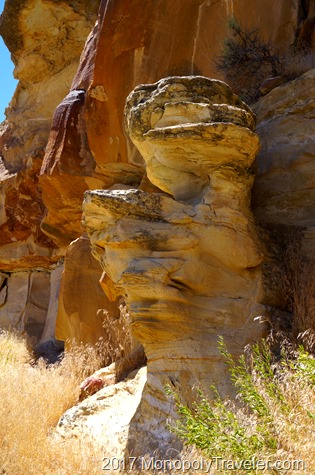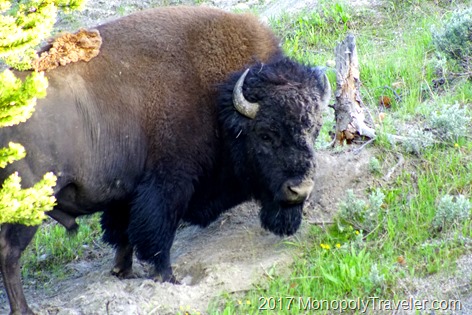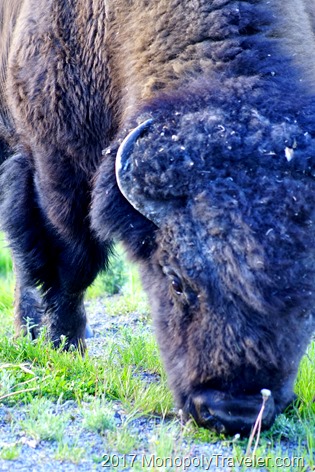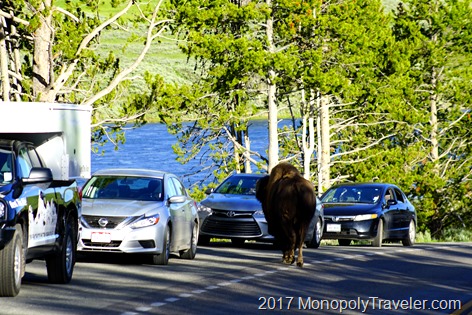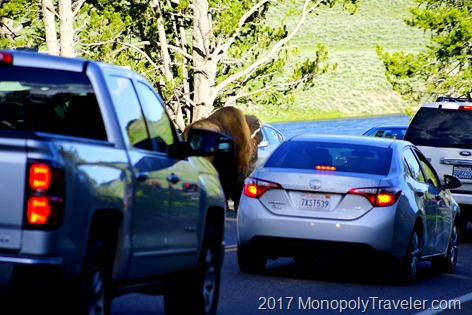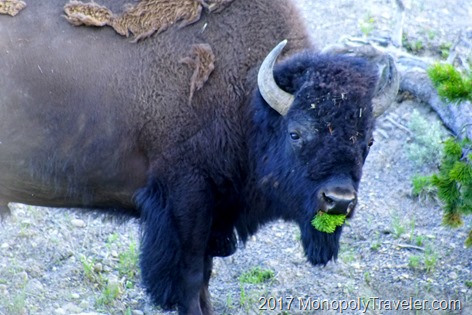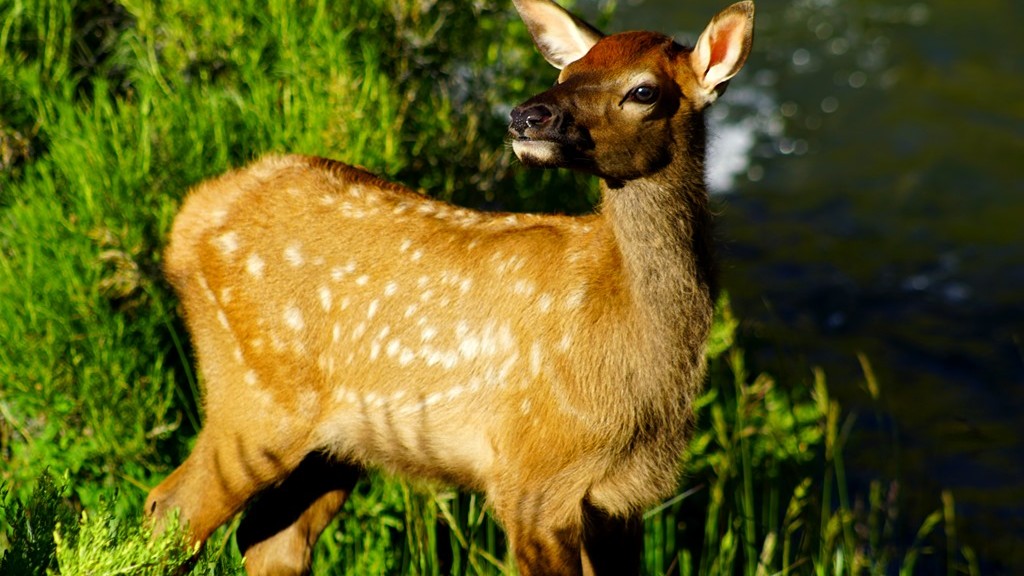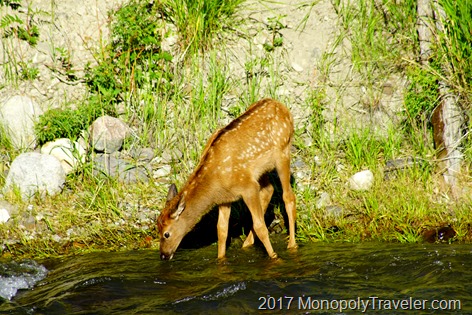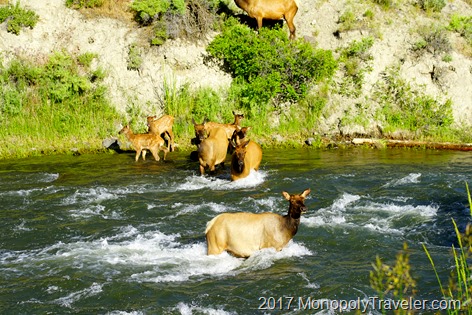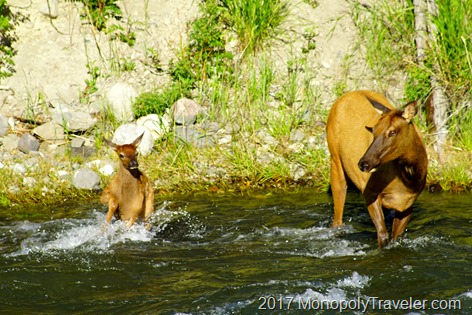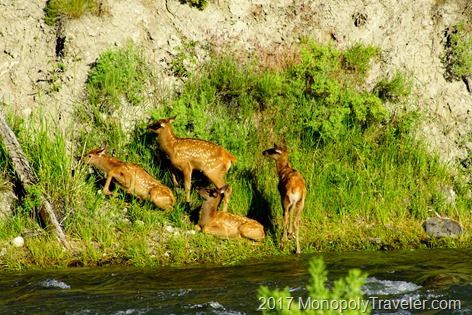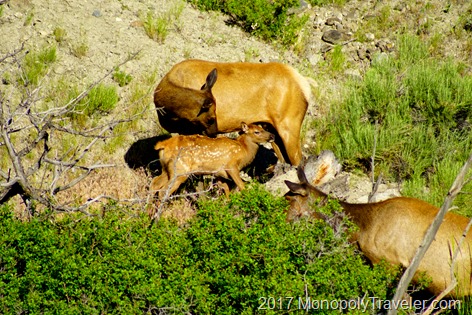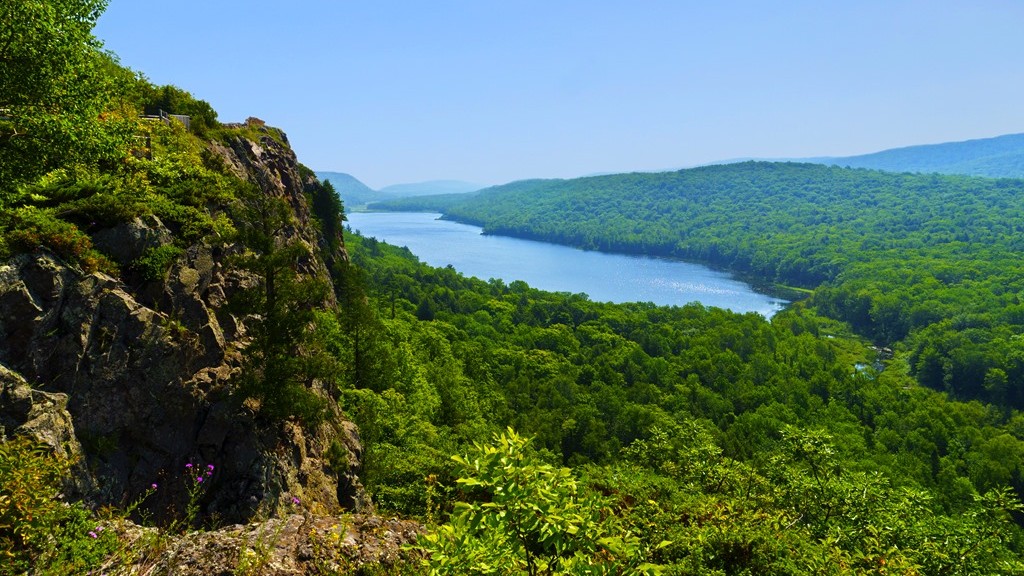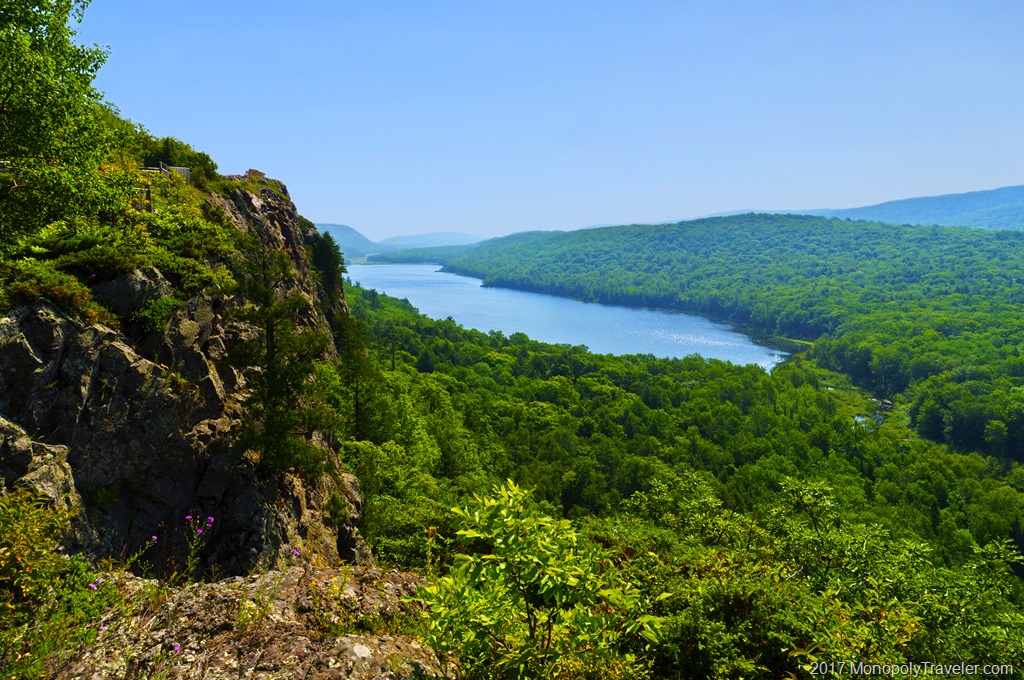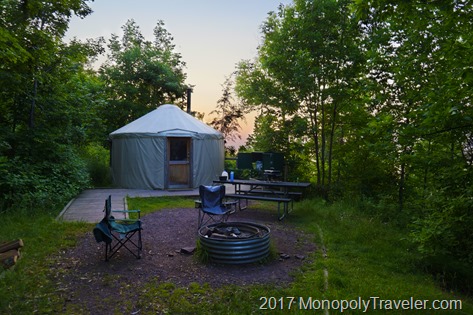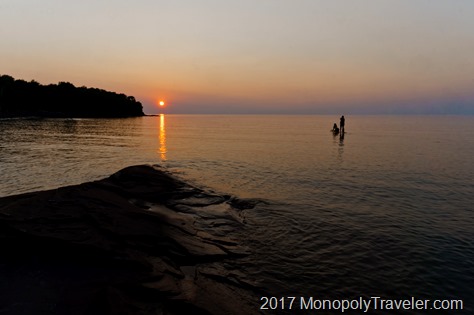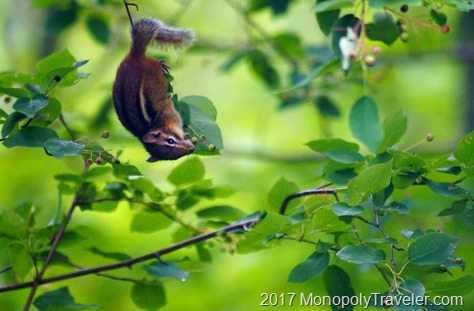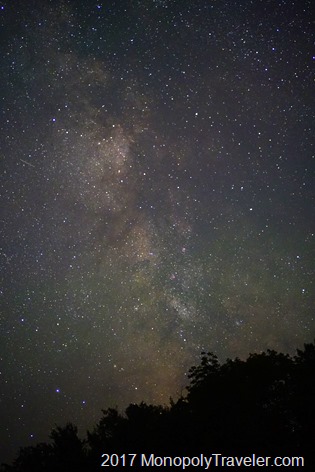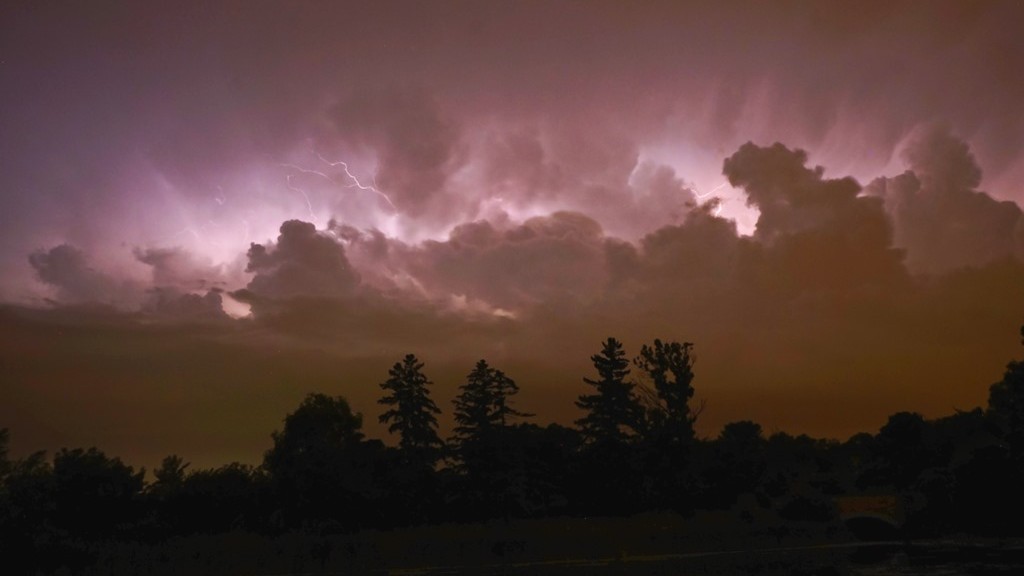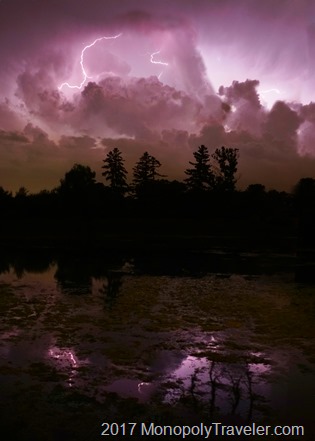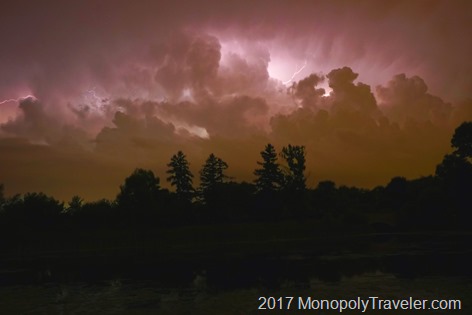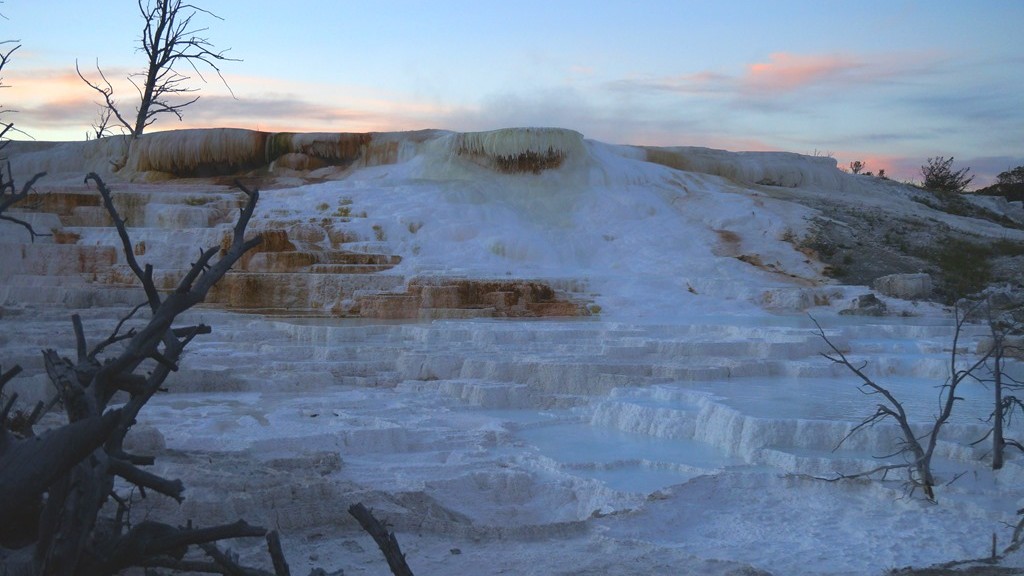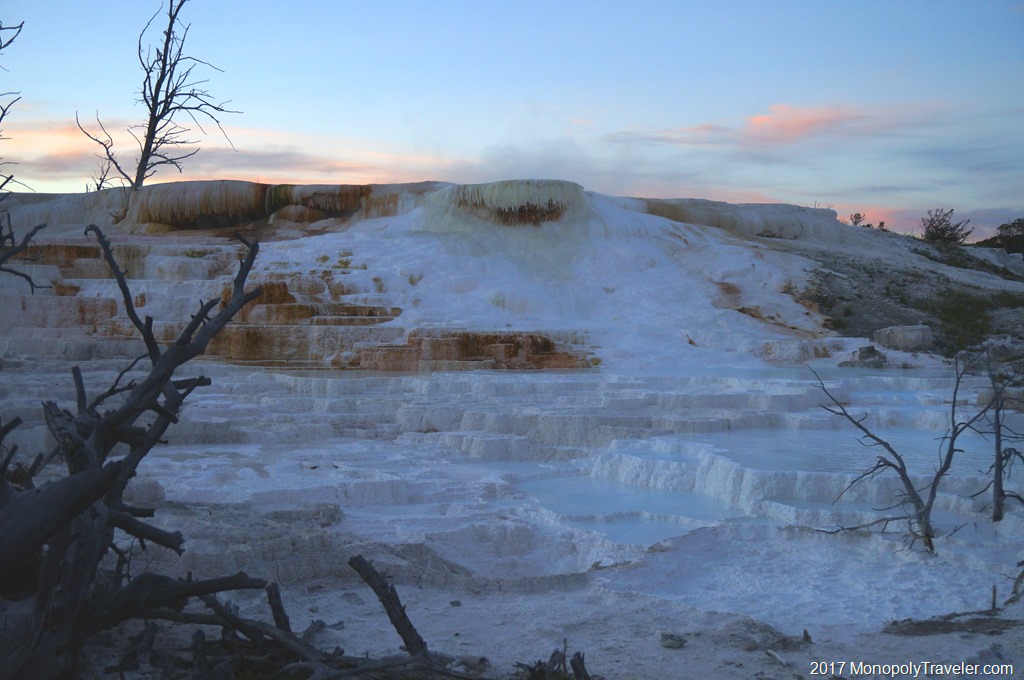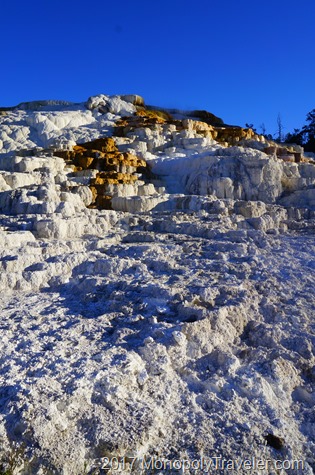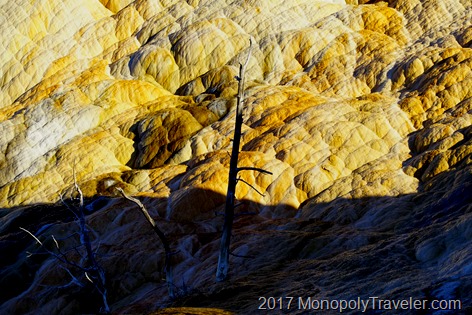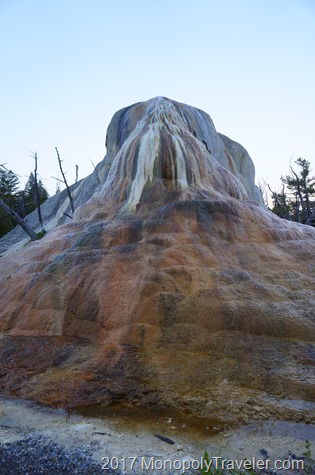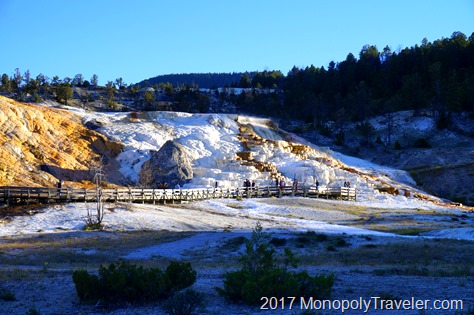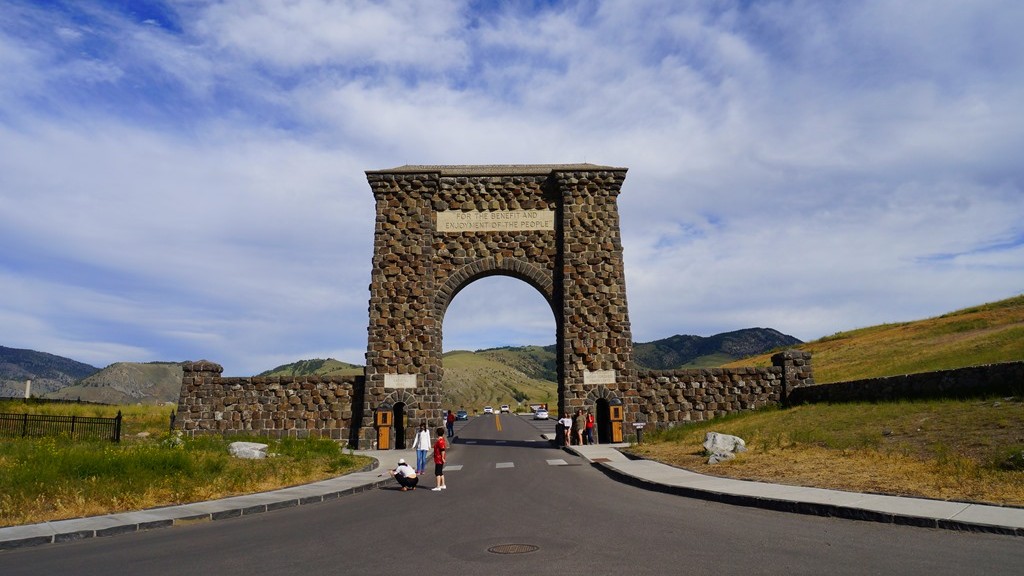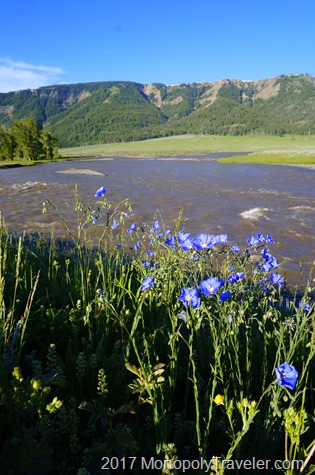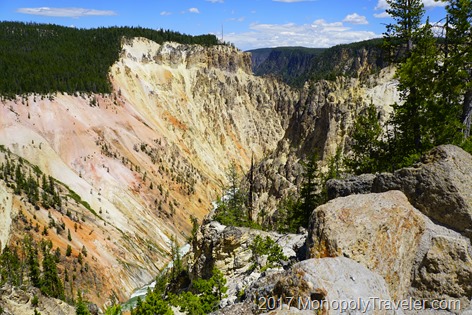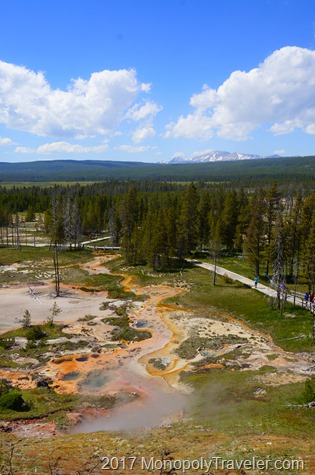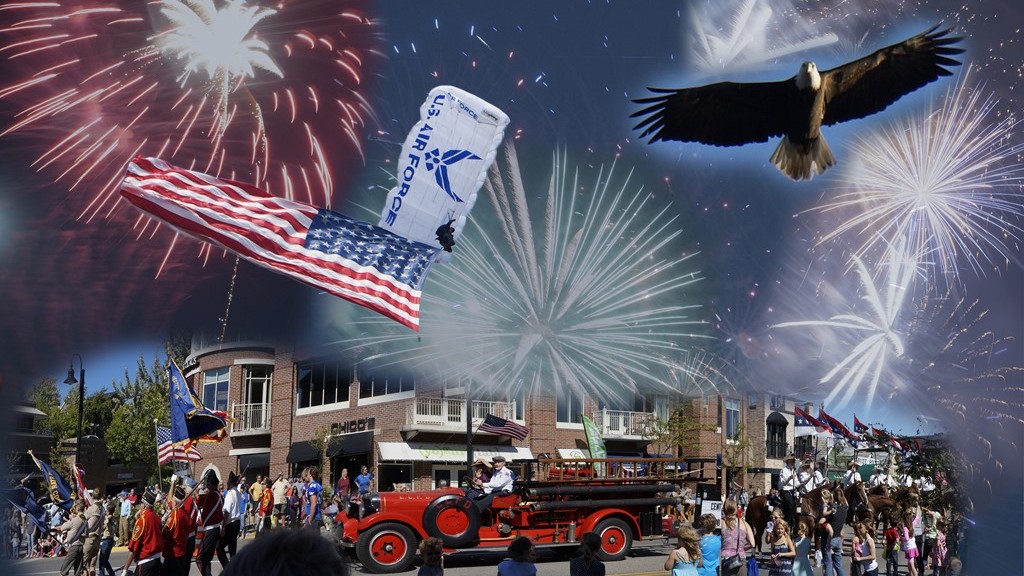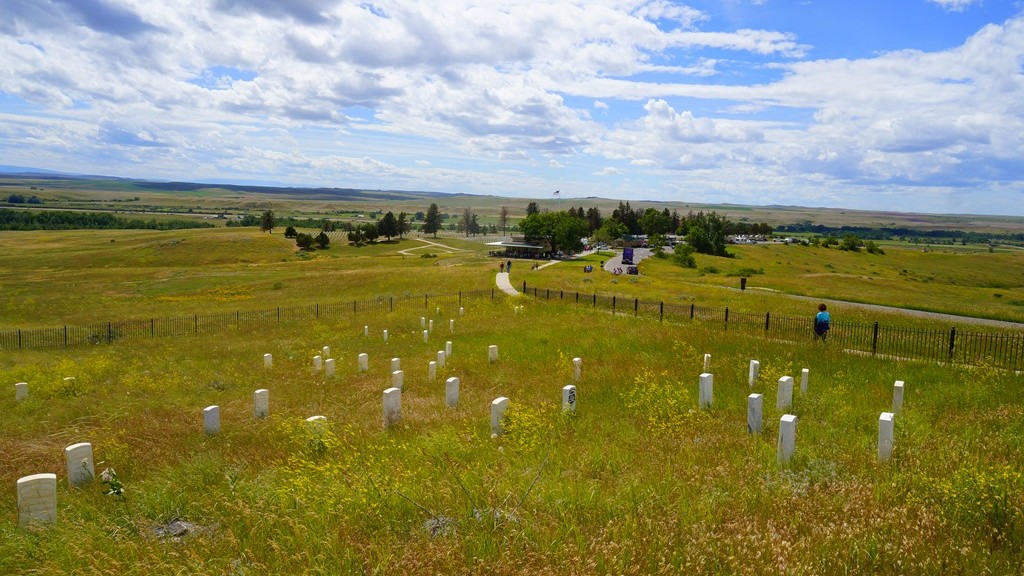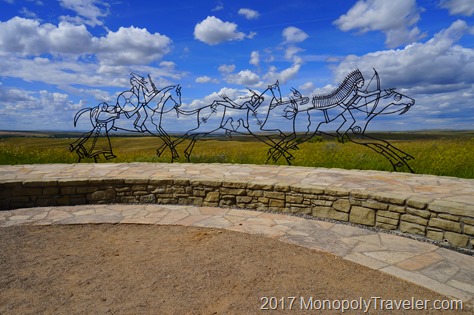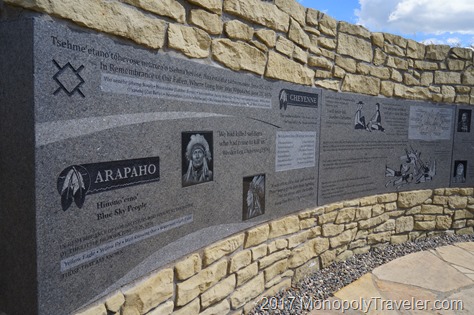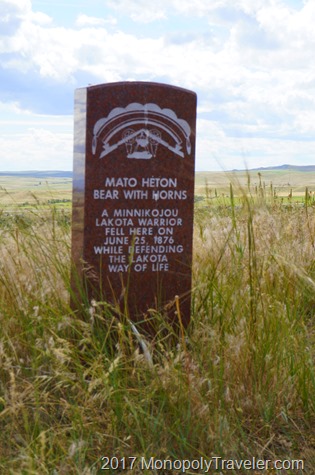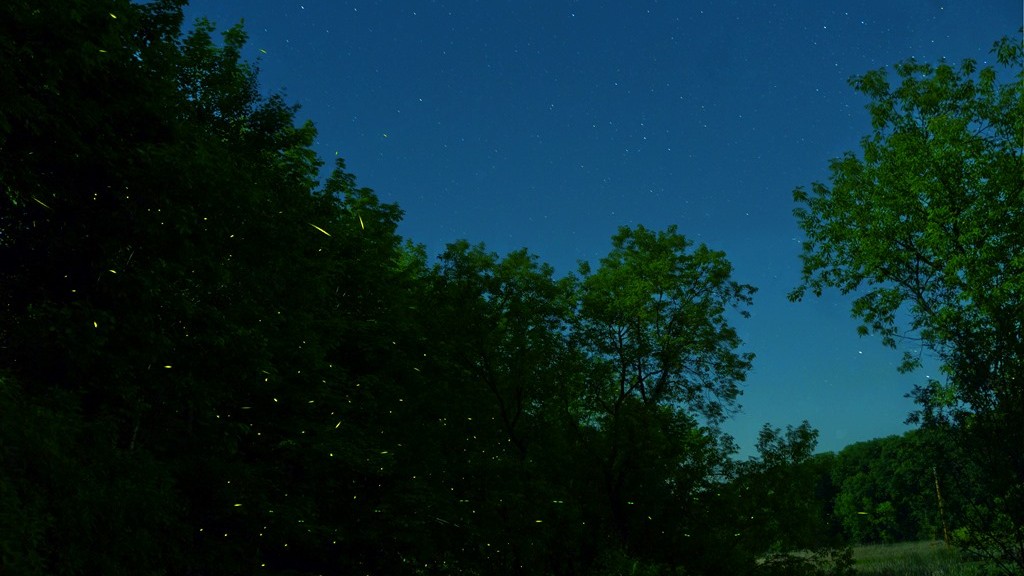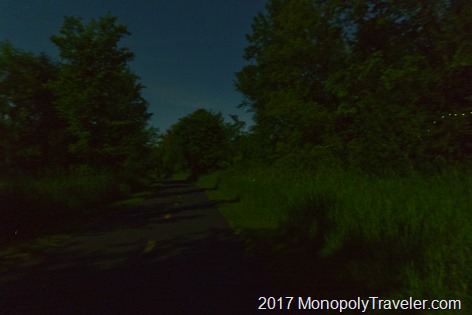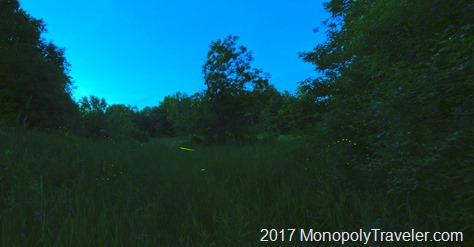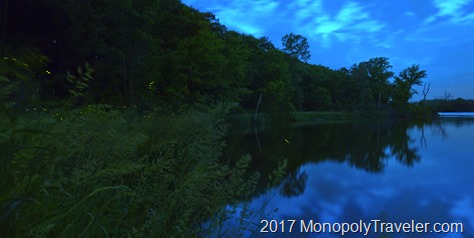In our quest to discover another piece of our National Parks Monopoly board we went on expedition to our 27th of 28 National Park units – Dinosaur National Monument. Located on the border of Utah and Colorado, this park provides many interesting and amazing sights to explore. The first, and most known for, is searching for dinosaur fossils.
An easy search due to a shuttle leaving from the Quarry Visitors Center which drives a short distance up the nearby hillside to the Quarry Exhibit Hall which was built around a dig sight exposing numerous fossils. This makes the idea of seeing dinosaur fossils almost unreal. You walk inside the building and there they are! All displayed in a hillside that seems like it was assembled for this display. Once your able to grasp the concept that dinosaurs did in fact roam here and were buried from several geological events it becomes really amazing to see with your own eyes.
Additionally, there are other displays to complement this preserved dig sight helping to explain all that you are seeing and some of the events that have happened in this very location. One very interesting display is a complete assembly of an Allosaurus skeleton giving you some idea what this dinosaur actually looked like and how big it was when roaming this part of the Earth.
After looking through the displays, where you can see different fossils and actually touch some, the quarry wall begins to make more sense as you can now start to recognize some of the fossils buried here. For a little help in that recognition there are touch screen computers labeling many of these pieces on the second floor of the Quarry Exhibit Hall. For those really interested in fossils and dinosaurs, hours can be spent here studying each piece amongst the hundreds partially unearthed here. For me, a shorter time is all that I needed before heading back outside to gaze over the landscape and wonder how many more fossils remain undiscovered in all that I could see.
A short, warm bus ride (it was mid June in the Western United States) back to the visitors center and we were off exploring more of this beautiful landscape. Dinosaur National Monument is located in a mountainous region where two rivers converge providing for some incredible sights. There are many interesting rock formations throughout the park created from different geological events which also provide for multiple colors layered together with rivers cutting through them adding to the beauty of the area. Many people explore these rock formations from the comfort of a raft navigating the rapids of these two rivers for a great summer experience.
Going away from the main visitors center, there are more pieces to discover. One of these include petroglyphs from those who have traversed these mountains centuries before. It’s interesting to try and interpret these ancient drawings to figure out why they took the time to communicate with others on what they were seeing and doing here. Many different sights await being found throughout a day in Dinosaur National Monument however these do not end with daylight. Once the sun disappears a whole different landscape appears that so many miss. While heading back into the park near sunset, I encountered only one or two other people still there. They were either camping or managing the cattle which roam free here. Admittedly there are some added challenges while navigating at night such as animals near the road or even on the road so being alert and driving slowly is a requirement. On different occasions I thought I was going to hit a deer and elk with our car but fortunately managed to miss both leading to an increased heart rate. These increased challenges are well worth the views of the incredible night sky!

